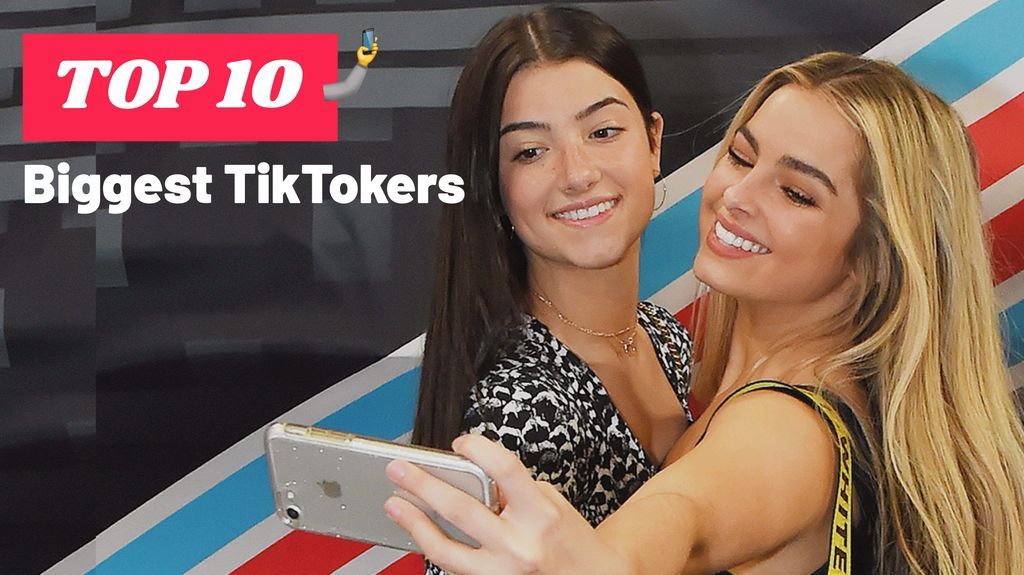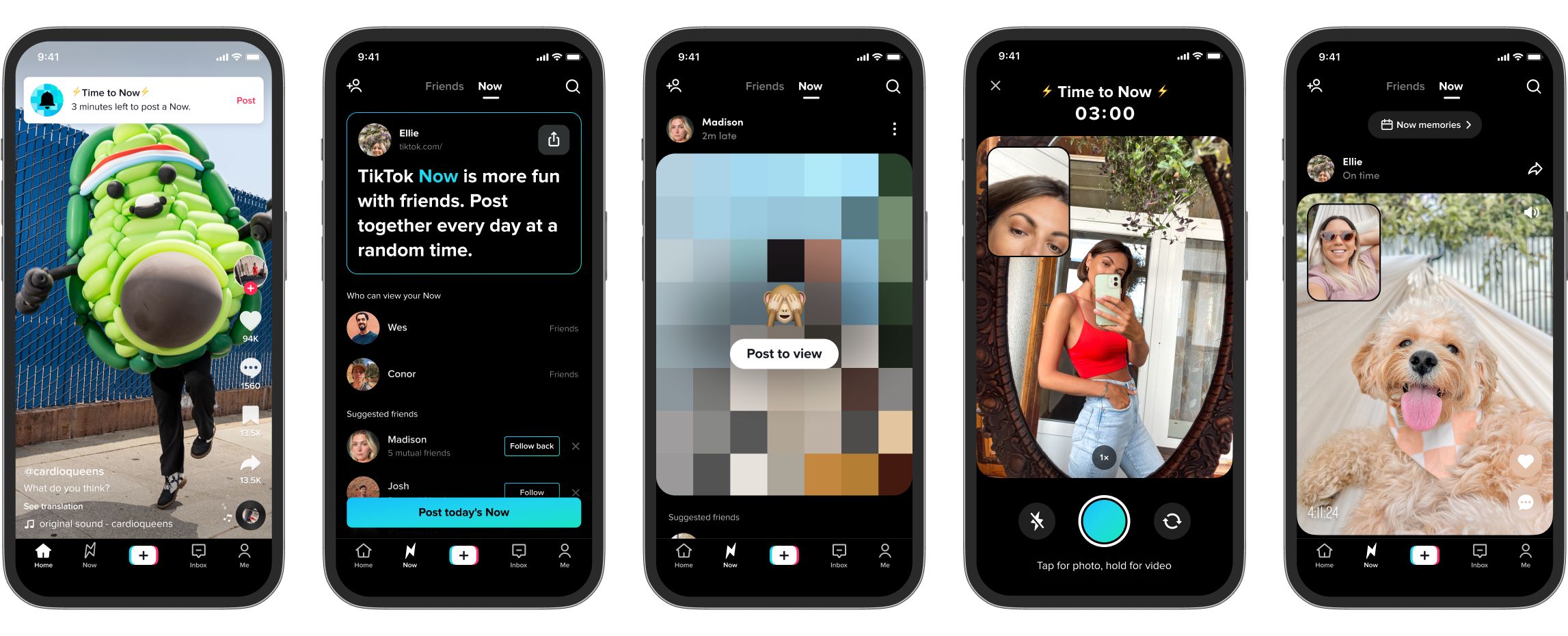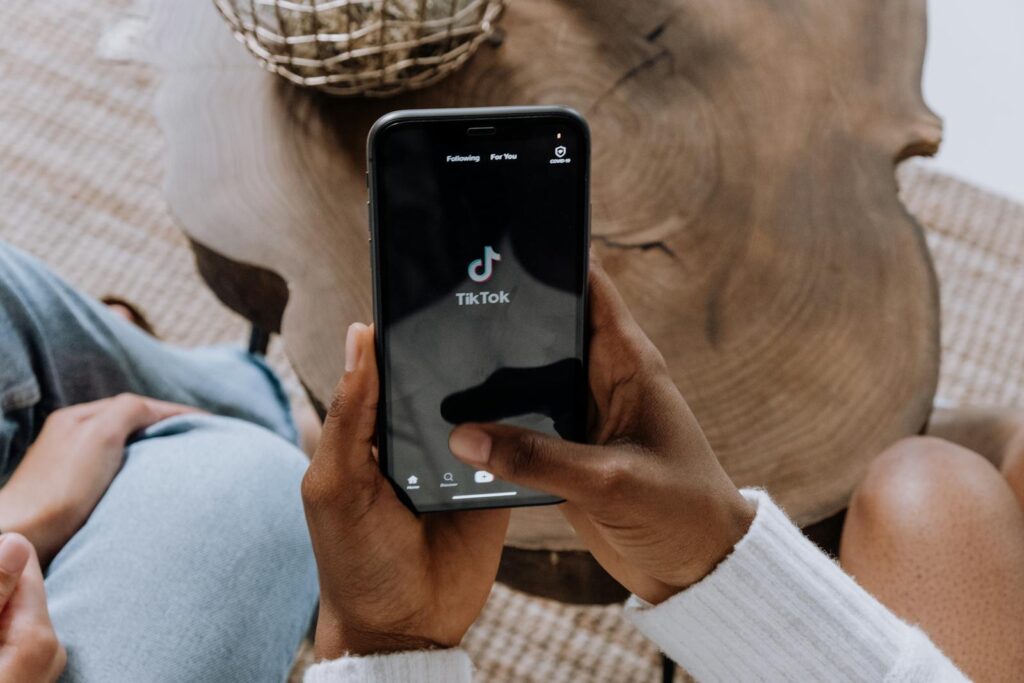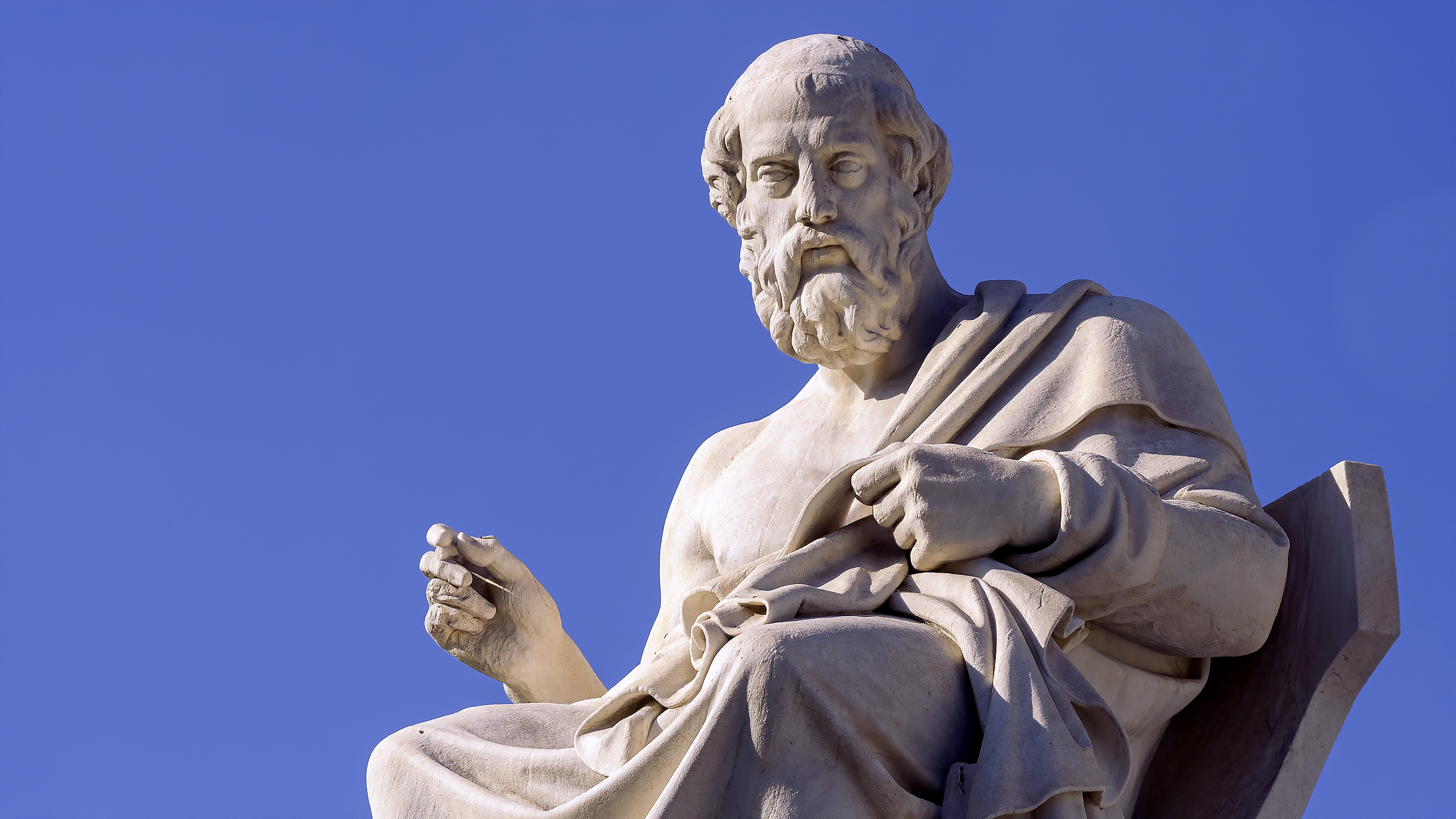TikTok has irrevocably reshaped the landscape of social media since its dramatic entry into the Western market in 2018. Its meteoric rise was particularly pronounced during the global pandemic, solidifying its position as the most downloaded application in the first quarter of 2020. By 2021, the platform proudly announced it had surpassed a staggering one billion monthly global users, a testament to its pervasive influence.
This rapid ascent, achieved in a comparatively shorter timeframe than established social media giants like Facebook, signals its potential to soon rival, if not surpass, their user base. The app’s core appeal lies in its innovative short-form video content, a format that allows users to effortlessly consume dozens of diverse clips within brief periods. For content creators, this streamlined approach simplifies the production process compared to more demanding platforms such as YouTube.
TikTok’s arsenal of additional features further amplifies its allure, providing creators with robust tools like various filters and the immensely popular duet function. These functionalities empower users to craft highly engaging and interactive content with remarkable speed and spontaneity. It is this potent combination of accessibility, user-friendliness, and widespread appeal that has drawn countless social media influencers to its dynamic ecosystem.
From globally recognized celebrities to individuals who have gained renown for their extraordinary talents, TikTok now boasts millions of users dedicated to uploading unique and captivating content. The platform’s ability to hold an audience captive for extended periods is hardly surprising, with many finding themselves immersed for hours, scrolling through an endless stream of thousands of clips. The sophisticated algorithm meticulously curates personalized feeds, ensuring users are consistently presented with videos perfectly aligned with their preferences, thereby cementing the app’s enduring popularity.

In this fiercely competitive environment, where countless creators vie for fleeting attention, the pursuit of authentic audience growth becomes paramount. This intense pressure to continually generate viral, captivating content can, at times, lead to complex ethical dilemmas, particularly when the lens of content creation turns to sensitive real-world issues. The very mechanics that foster engagement and virality also carry the potential for missteps, especially when dealing with profound human experiences.
A recent incident brought these ethical considerations sharply into focus, sparking a contentious debate across the digital sphere. A TikToker, whose journey took her to Vietnam, shared a video that quickly drew widespread criticism. The content of the video featured the individual overtly crying over a local person who was observed rowing a boat, an act that, when coupled with a specific digital tag, ignited a firestorm of accusations.
The core of the controversy lay in the TikToker’s decision to include the “poverty hashtag” alongside her emotional video. This specific action immediately triggered accusations of “slum tourism,” a term that carries significant ethical weight and implies the commodification of hardship for entertainment or personal gain. The incident quickly transcended a mere viral moment, evolving into a critical case study on responsible content creation within a global context.
The accusation of “slum tourism” suggests a fundamental misalignment between the act of documentation and the respect due to the individuals being documented. While the platform encourages self-expression and sharing, the ethical boundary is often crossed when real-life struggles are seemingly leveraged for audience engagement, likes, or follower growth. It forces a critical examination of the creator’s intent versus the actual impact their content has on both the subjects portrayed and the broader audience’s perception of sensitive global issues.

TikTok influencers operate within a demanding ecosystem where visibility and engagement are the primary currencies. The journey to becoming a TikToker, as detailed in various guides, emphasizes creating “high-quality content,” using “creative tools, filters, effects, and music,” and engaging “with trends and challenges” to “increase your visibility and engagement.” There is an inherent pressure to stand out, to create content that resonates deeply and rapidly with a vast audience.
The path to becoming a TikTok influencer further underscores this drive, requiring “niche selection,” consistent high-quality output, and relentless “audience engagement.” Individuals are advised to “interact with your viewers by responding to comments and collaborating with other TikTokers” and to “use relevant and trending hashtags” to boost discoverability. This pursuit of influence and monetization, as highlighted by opportunities for “brand partnerships, sponsored content, or participation in the TikTok Creator Fund,” can sometimes overshadow the ethical dimensions of content creation, especially when the subject matter involves real human vulnerability.
When a TikToker films an individual, particularly in a context that could be interpreted as economically disadvantaged, and then explicitly tags it with “poverty,” it raises profound questions about the nature of their gaze. Is it genuine empathy or a performative display? Is it intended to raise awareness, or does it, inadvertently or otherwise, exploit a moment of vulnerability for digital consumption and algorithmic benefit? The public’s swift and critical reaction to the Vietnam incident suggests a collective unease with such blurred lines.

The global reach of TikTok, a platform known for its “strong international coverage, offering insights into events and trends worldwide,” further complicates these ethical considerations. Content created in one cultural context can be instantly disseminated across diverse global audiences, each with their own interpretations and sensitivities. What might be perceived as an empathetic gesture by a creator could be viewed as voyeuristic or exploitative by those from different cultural or socio-economic backgrounds.
The incident in Vietnam serves as a poignant reminder that while TikTok empowers “creativity and self-expression,” fostering a sense of “individuality,” it also carries significant responsibilities. The platform has undeniably “reshaped the entertainment landscape” and “given rise to a new generation of influencers” who wield considerable power in shaping narratives and consumer trends. This influence, however, comes with a moral imperative to approach sensitive subjects with respect, thoughtfulness, and an acute awareness of potential harm.
For a TikToker, whose characteristics include leveraging the platform’s short video format to “showcase their talents, interests, and unique personalities,” the challenge lies in maintaining authenticity while navigating complex ethical terrains. While they are often “adaptable, staying up-to-date with trends and challenges,” true social consciousness demands a deeper level of engagement than merely capturing a moment for viral potential. It requires understanding the implications of one’s actions, particularly when the content involves real people and their lived realities.

The emphasis on “authenticity” in building a loyal following, as per the advice for aspiring influencers, appears to be paradoxically challenged in instances like the Vietnam video. When an emotional display is juxtaposed with a hashtag explicitly framing a situation as ‘poverty’, the authenticity of the emotion itself becomes a subject of scrutiny. The line between genuine expression and curated performance, often thin in the world of social media, becomes critically blurred, leading to the kind of public backlash observed.
The accusation of “slum tourism” is not merely a critique of a single video; it is an indictment of a broader trend where visual content featuring poverty becomes a spectacle. It highlights a critical need for creators to develop a more nuanced understanding of global inequalities and the ethical frameworks required when documenting them. The demand for clear, accessible, and balanced perspectives, especially on issues of poverty and inequality, is not just a journalistic standard but an evolving expectation for all content creators.
Moreover, the incident prompts a broader discussion for the digital marketing sphere and brands that collaborate with influencers. As “TikTokers in digital marketing” are adept at “understanding TikTok’s trends, algorithms, and audience preferences to maximize the effectiveness of their marketing efforts,” there is a corresponding need for diligence in vetting content and ensuring ethical messaging. Brands, too, share a responsibility in promoting content that is not exploitative or disrespectful, ensuring their partnerships align with principles of social consciousness.
This entire scenario underscores the evolving nature of digital ethics and the heightened scrutiny content creators face. The simplicity of TikTok’s “user-friendly interface” and its “imaginative features” can belie the complexity of the real-world issues it sometimes portrays. The platform’s success in “stimulating viral challenges, trends, and creative expression” must be balanced with a commitment to responsible storytelling, particularly when portraying the lives of individuals who may not have the agency to control their digital representation.
Ultimately, the incident serves as a crucial learning moment for the expansive TikTok community and indeed, for anyone navigating the vast currents of social media. It challenges creators to look beyond mere metrics of “follower growth” and “average likes,” urging them to consider the profound human and ethical implications of their content. The pursuit of virality should never come at the cost of dignity, empathy, or a truly nuanced understanding of the world’s complexities.

In this dynamic digital age, where lines between entertainment and reality often blur, the collective responsibility of creators, platforms, and consumers becomes paramount. The incident from Vietnam compels a re-evaluation of how stories are told, how compassion is expressed, and how genuine connection can be fostered without inadvertently contributing to harmful stereotypes or exploitative practices. May this serve as a powerful reminder for the global TikTok community to embrace their immense power with equally immense ethical consideration, fostering a digital space that not only entertains but also genuinely elevates understanding and respect across diverse cultures and communities. The journey of ethical content creation is ongoing, demanding continuous reflection, education, and a steadfast commitment to humanity.





